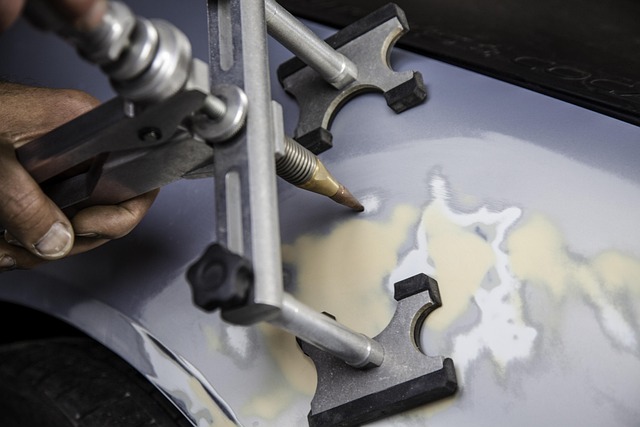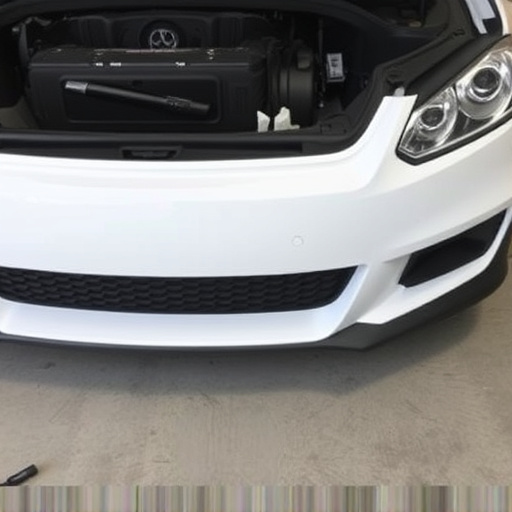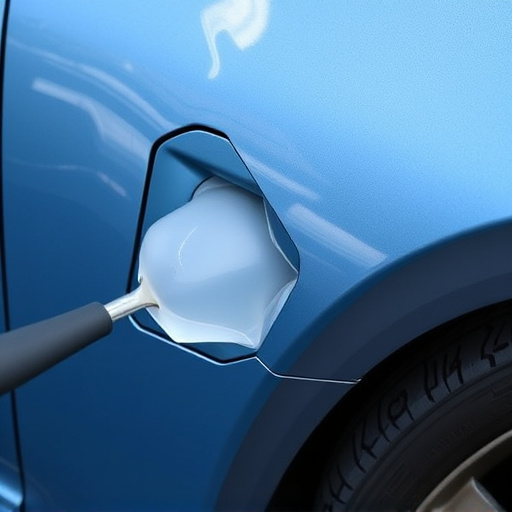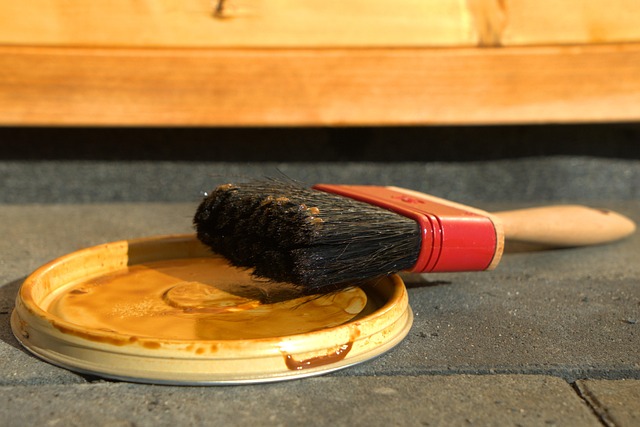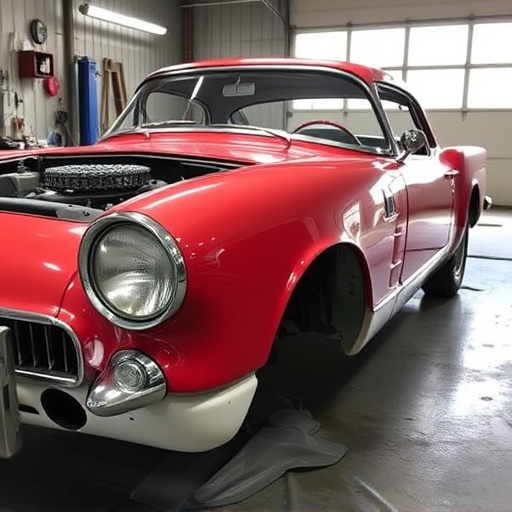Technicians are key to successful repair quality inspections, using tools like calipers and specialized sensors for accurate assessments of vehicle repairs, ensuring safety and customer satisfaction. They meticulously document every step, bridging the gap between shop and customer through comprehensive reports, fostering transparency and accountability in automotive service.
Technicians play a pivotal role in ensuring the accuracy and integrity of repair quality inspections. This article delves into their core responsibilities, exploring how skilled technicians wield specialized equipment and tooling to achieve meticulous results. We uncover the behind-the-scenes world of documentation and reporting, highlighting their crucial contribution to robust quality control mechanisms. By understanding these key aspects, we recognize the technician’s indispensable role in maintaining exceptional repair standards.
- Understanding Technicians' Core Responsibilities in Inspections
- Equipment and Tooling: Their Role in Ensuring Accuracy
- Documentation and Reporting: Behind the Scenes of Quality Control
Understanding Technicians' Core Responsibilities in Inspections
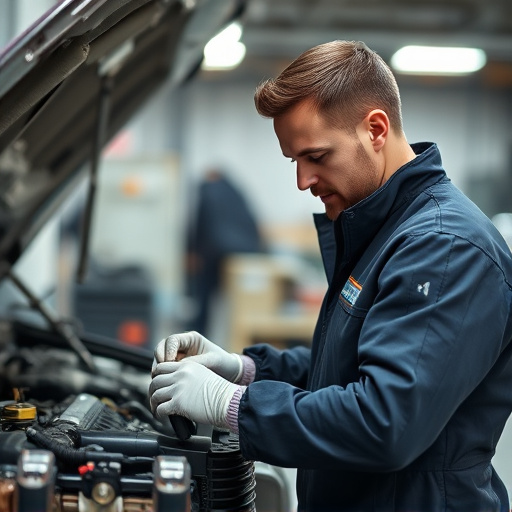
Technicians play a pivotal role in ensuring the accuracy and integrity of a repair quality inspection. Their core responsibilities encompass a comprehensive understanding of the vehicle’s pre-and post-repair conditions, as well as the ability to identify even the subtlest anomalies. During inspections, technicians meticulously examine various components, including but not limited to paintwork, body panels, and auto glass, to assess the extent of damage and evaluate the effectiveness of repair processes such as car scratch repair, dent repair, and auto glass replacement.
They document their findings, cross-reference them with industry standards, and provide detailed reports that serve as a benchmark for quality control. This meticulous attention to detail ensures not only the satisfaction of customers but also the adherence to safety regulations. By upholding these high standards, technicians contribute significantly to maintaining the overall repair quality inspection procedure, ultimately fostering trust in automotive service providers.
Equipment and Tooling: Their Role in Ensuring Accuracy

In a meticulous repair quality inspection procedure, technicians rely heavily on their equipment and tooling to ensure accuracy and precision. High-quality tools like calipers, measuring tapes, and specialized sensors play a pivotal role in accurately assessing damage, be it from a collision (collision damage repair) or subtle car scratches. These instruments enable them to capture precise dimensions, identify hidden defects, and verify the integrity of repairs, ultimately upholding the highest standards of craftsmanship.
Moreover, advanced tooling designed for tasks like panel alignment and paint matching is instrumental in achieving seamless results. In the context of vehicle collision repair (or any meticulous restoration process), these tools aid technicians in their efforts to restore vehicles to pre-incident condition, ensuring customer satisfaction and safety on the road.
Documentation and Reporting: Behind the Scenes of Quality Control
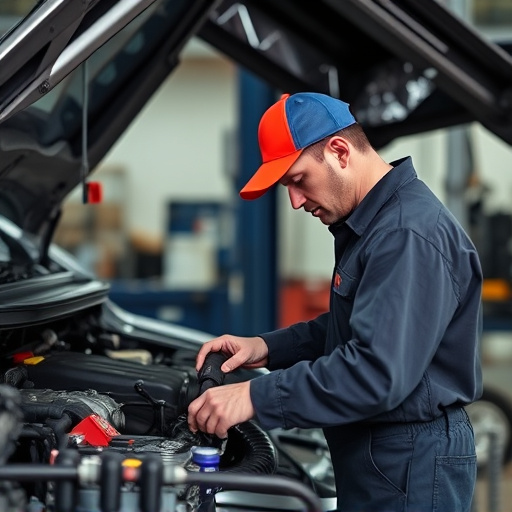
In the quiet moments between repairs, technicians play a pivotal role in documenting and reporting during a repair quality inspection procedure. This meticulous process involves meticulously recording every detail, from initial assessment to final touch-ups, ensuring no aspect of the repair is overlooked. Skilled technicians use specialized tools to capture measurements, photograph defects, and log progress, creating a comprehensive record that serves as a bridge between the shop and the customer.
Effective documentation isn’t merely about checking boxes; it’s about communicating the intricate journey of car body restoration or collision repair services. These records enable technicians to demonstrate their expertise, provide transparency, and ensure accountability. By documenting every step, they can highlight the precision and quality of work performed, fostering trust in both the shop and the automotive repair services offered, be it a simple fix or a complex car body restoration.
Technicians play a vital role in ensuring the accuracy and integrity of repair quality inspections. By understanding their core responsibilities, leveraging the right equipment and tooling, and maintaining meticulous documentation, technicians contribute significantly to the overall quality control process. This structured approach guarantees that every repair meets the highest standards, fostering customer satisfaction and trust in the organization’s services. In the realm of repair quality inspection, technicians are the unsung heroes who ensure each fix is not just functional but also exceptional.






